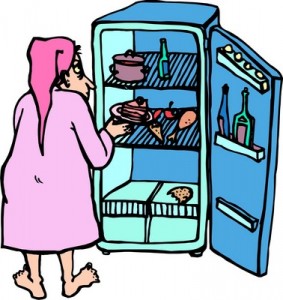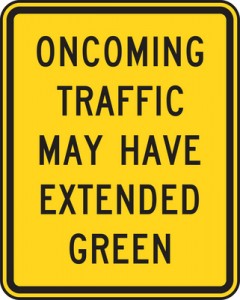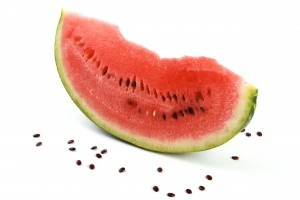 You open the fridge door right after the holiday party and what do you see? Leftover pie, cake, stuffing, turkey, ham, potatoes, lasagna, pizza – you name it.
You open the fridge door right after the holiday party and what do you see? Leftover pie, cake, stuffing, turkey, ham, potatoes, lasagna, pizza – you name it.
With all of that tempting stuff staring at you, how can you possibly not nibble away?
The best laid plans have been defeated by left over stuffing – or pie – or lasagna (in my house, it’s pastitsio rather than lasagna).
Don’t forget, nibbling during clean up counts as leftovers, too. Broken cookies, pieces of piecrust, and the last spoonfuls of stuffing haven’t magically lost their calories.
The Two Most Effective Things To Do
1. The first most effective way to handle leftovers: Get Them Out Of The House through whatever means you choose. Here are some “getting them out of the house” options:
- Send them home with your family and friends — right away – as they’re going out the door. The longer the leftovers are in your kitchen, the greater the chance you’ll eat them.
- Throw them out. Some people might consider it a sin to throw food out. You need to weigh what works best for you and your conscience – whether to keep the food and eat it or to let the garbage man take it away. You could always feed some animals if you like, too.
- Bring it to someone in need. There must be a food pantry or shelter that would welcome some extra food. There are many people who would appreciate a meal that they are unable to provide for themselves and their families.
- Take it to the office or send it along with someone to take to his or her office. There always seem to be ravenous people in offices. Just don’t eat someone else’s leftovers as you try to get rid of yours.
2. If you just can’t bring yourself to get your leftovers out of the house: Hide The Stuff That Tempts You. Out of sight, out of mind is really true. We all tend to eat more when it’s right in front of us. Food we like – especially higher calorie sugary, fatty, and salty foods, which means many holiday foods — trigger cravings and eating.
- Keep the veggies in the front of the fridge and the chocolate pudding in the back.
- If the food hasn’t made its exit immediately, package it up and store put it in the back of the fridge where you can’t see it at first glance (and might forget about it).
- Freeze it – although freezing alone isn’t enough to deter some leftover hunters (frozen butter cookies still taste great). Shove the food all the way in the back of the freezer behind the frozen peas where you can’t see it and have to move things around to get at it. It will help.
- If you’ve bought jumbo size packages of anything in anticipation of holiday company and still have some food left in the packages — put that excess away, too. Put it somewhere inconvenient so you’ll have to work to get at it. Once again: out of sight and, hopefully, out of mind. Put it far away, too. We tend to be lazy so if you have to exert energy to get the food it may take some of the desire out of it. So store the food in the basement or garage — someplace out of the kitchen.
In Case You Keep The Leftovers
Here are guidelines to help you avoid getting sick along with stuffed.
- Remember: 2 Hours–2 Inches–4 Days
- Food can stay unrefrigerated for a maximum of 2 hours from the time it is taken out of the oven and then placed in the refrigerator.
- Refrigerate or freeze leftovers within 2 hours of cooking by any method — otherwise throw the leftover food away.
- Leftover food should be stored at a maximum of 2 Inches of thickness so it cools quickly.
- Food should spend a maximum of 4 days in the refrigerator–otherwise freeze it.
- The exception to 4 days in the fridge: stuffing and gravy should be used within 2 days. Reheat solid leftovers to 165 degrees F and liquid leftovers to a rolling boil. Toss what you don’t finish.
- Frozen leftover turkey, stuffing, and gravy should be used within one month.
- To successfully freeze leftovers, package them properly using freezer wrap or freezer containers. Use heavy-duty aluminum foil, freezer paper, or freezer bags for best results and don’t leave any air space. Squeeze the excess air from the freezer bags. Without proper packaging, circulating air in the freezer can create freezer burn – those white dried-out patches on the surface of food that make it tough and tasteless.
- Leave a one-inch headspace in containers with liquid and half an inch in containers filled with semi-solids.
Those big holiday meals are coming up! For more hints and tips about holiday eating get my book, The Sensible Holiday Eating Guide: How To Enjoy Your Favorite Foods Without Gaining Weight, available from Amazon for your kindle or kindle reader.



